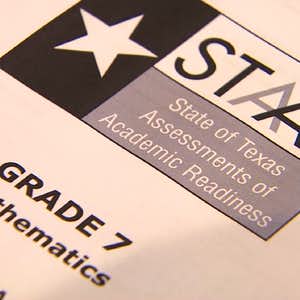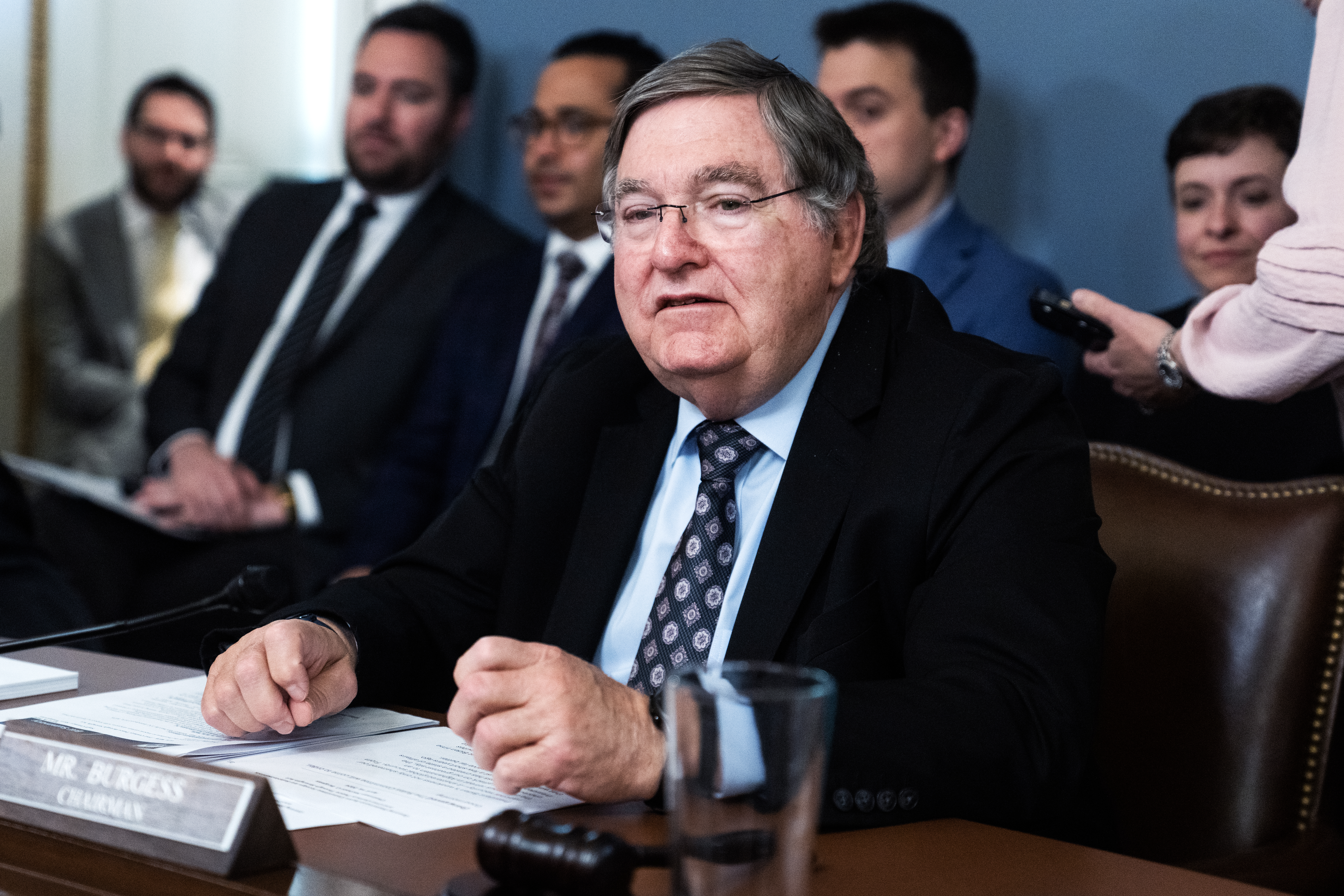Testimony continued in the murder trial of a North Texas man accused of killing his former girlfriend in spring 2011.
The following is a log of testimony from Day 5 of Terrance Black's murder trial.
Black has been charged with killing fitness instructor Susan Loper on April 19, 2011. Her body was found April 20, 2011, near a treeline off John Hickman Parkway.
Previous trial coverage: Day 7 | Day 6 | Day 5 | Day 4 | Day 3 | Day 2
Wednesday Testimony
The state rested its case in the capital murder trial of Terrance Black on Wednesday morning. The final testimony from the state’s witnesses included Scott Epperson, the leading detective in the Plano Police Department’s investigation. Epperson told the jury that “police work is common sense,” saying “no one pointed toward [Jayson Hayes]” as a suspect during the time of Loper’s disappearance.
The defense has repeatedly argued that police did not adequately pursue other suspects in the investigation, like Hayes, Susan Loper’s boyfriend at the time of her death. Epperson said he did consider Hayes, because police work involves looking “at the men most closely associated with a female victim,” especially in a murder case. He said Hayes gave voluntary fingerprint and saliva samples to investigators. However, after being pressed by the defense, Epperson said Hayes’ home was never searched and he cannot recall if investigators asked Hayes if he owned a gun.
Local
The latest news from around North Texas.
Epperson also testified that he did not pursue Craig Loper, Loper’s ex-husband, as a suspect because he had “no motive for killing Susan,” saying the two were close and that Loper was even her ex-husband’ beneficiary on his life insurance policy.
The defense implied the Plano Police Department received several tips from individuals telling them to “look at Hayes” in connection with Loper’s murder. The defense attorneys also argued Epperson should have ordered the DNA testing of more evidence collected at the crime scenes.
They also emphasized that there was a sample of unidentified male DNA found on the clothing Loper was wearing at the time of her death. The state has said that DNA sample could possibly have come from Loper’s son Jake, a client, or even remained after laundering the garment.
The defense’s first witness was Peter Evans, the AT&T engineer who had testified earlier for the state about the whereabouts of Black’s phone on the day Susan died and the days after.
Evans said call records showed when Loper and Black had exchanged texts in 2010, the last known time the two were in contact, Loper initiated the contact. The two exchanged several texts on April 9, 2010, about one year before Loper died. On December 19, 2010, the two exchanged nine texts. Earlier in the trial, the jury heard from recovered phone data that these messages were about the two’s separate plans for the Christmas holiday, and mentioned Loper’s son Jake and his soccer team. The defense emphasized that in both these exchanges, Loper initiated the contact.
The defense later called three of Black’s former neighbors as witnesses. Valerie Bacewicz, and her husband Tony Bacewicz, both separately told the jury that during the time Loper and Black were dating, Loper’s car was frequently parked in Black’s Frisco driveway. In April 2011, however, several months after the last known contact between the defendant and victim, Valerie Bacewicz testified she saw a car that looked “just like” Loper’s parked in Black’s driveway. While she admitted she is not a car expert, she did recall Loper drove a white SUV.
Tony Bacewicz told the jury there was “no doubt in his mind” that the car was Loper’s, saying he remembers seeing it in early April of 2011. He said, “it was the same type of car”. Another neighbor, Kim Higgins, also testified she saw the small white SUV around the same period of time. “I thought it was Susan Loper’s car,” she said. However, the state pointed out that Loper was known to drive an Isuzu while she and Black were dating. Loper’s vehicle at the time of her death was a white Toyota RAV4.
The defense also called private investigator and former law enforcement officer Cami Sandifer to the stand. Sandifer was hired to drive the route the defense claims Hayes could have taken, if he had killed Loper, dumped her body, then driven to his 8 a.m. meeting in Burleson. Sandifer drove two different routes, one using NTTA routes and one not using toll roads. Hayes’ toll tag was not registered on the NTTA system until later on the day Loper was killed.
The toll route from Plano to Burleson took 73 minutes, while the total elapsed time of the non-toll route took 93 minutes. That route included a stop at the apartment complex near Park Boulevard and Preston Road in Plano, where Loper’s car was later found. Sandifer said the non-toll, longer route would still have allowed Hayes to arrive in Burleson at the doctor’s office a little after 8 am, which is the time he first logged into his company’s system.
After reviewing a video of a similar drive made, the Plano Police Department that originally discounted that theory, Sandifer testified there were several mistakes made by the driving officer, including using different roads than she used in her drive.
When called to the stand, forensic pathologist Dr. Vincent DiMaio told the jury that, in his opinion, “In all medical probability, the injuries on [Loper’s] head were not from being beaten with a handgun such as this [9 mm firearm],” he said. “That opinion is based on the wounds.” DiMaio testified that if Loper had been beaten in the head by the pistol, like the state has asserted as a possibility, the pistol would have left a different sort of imprint on the victim’s skull. He said, if caused by a gun of this sort, the wounds would show a rectangular imprint from the gun’s magazine or, if empty, a gap. Those patterns were not present on Loper’s skull.
DiMaio also said it would be difficult to get enough force from the barrel of a gun to bash in a skull to the extent that Loper’s injuries showed.He testified the murder weapon was “most probably a metal object, with sharp lodgings.” The defense has implied it could have been a wrench found in the Frisco field, near where Loper’s body was discovered.
Closing arguments begin Thursday at 8:30 a.m. The jury should get the case by noon and will be sequestered. They will consider both a capital murder charge and a lesser charge of murder.
The state is not seeking the death penalty in the case.



